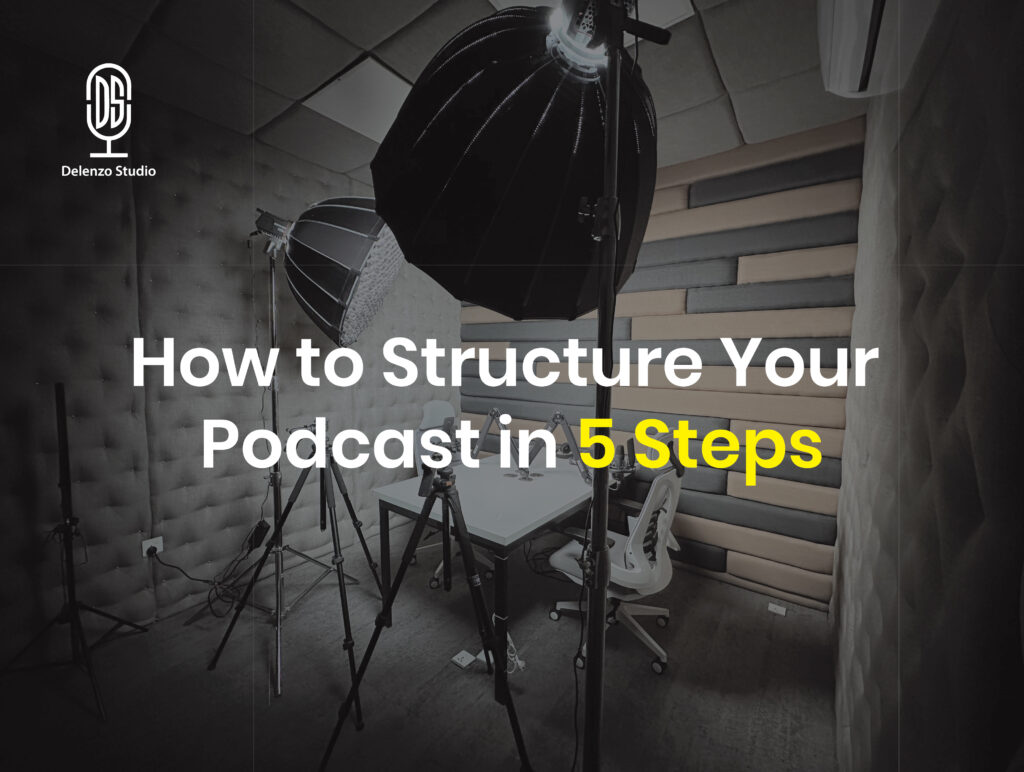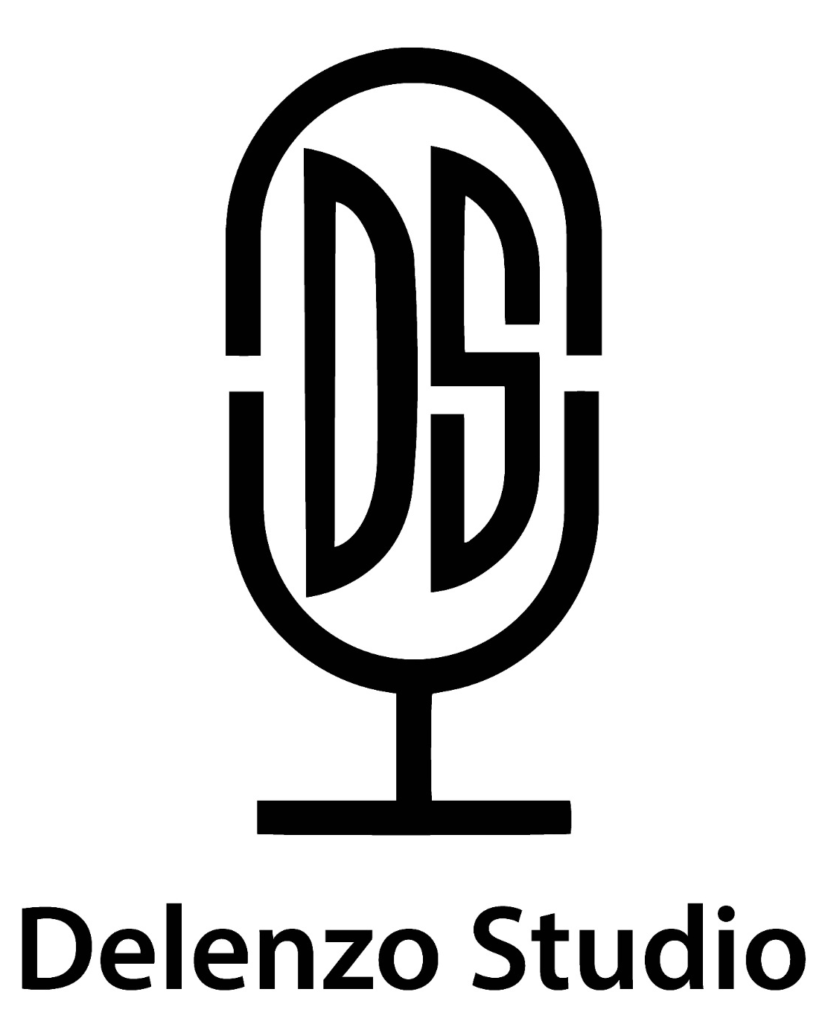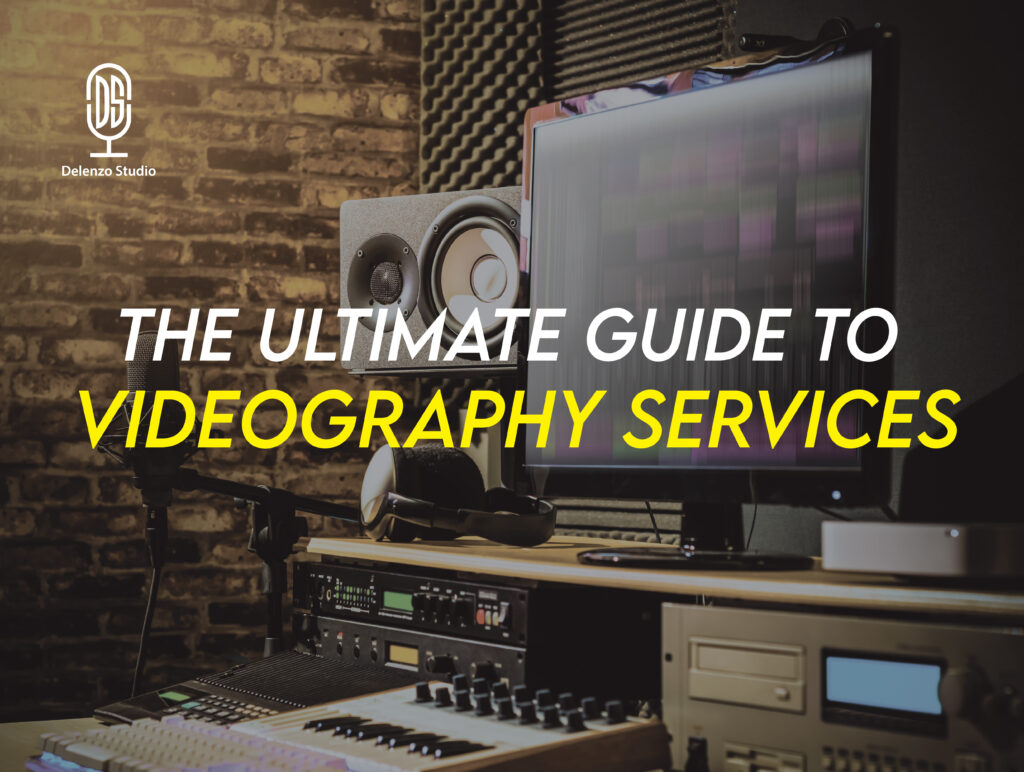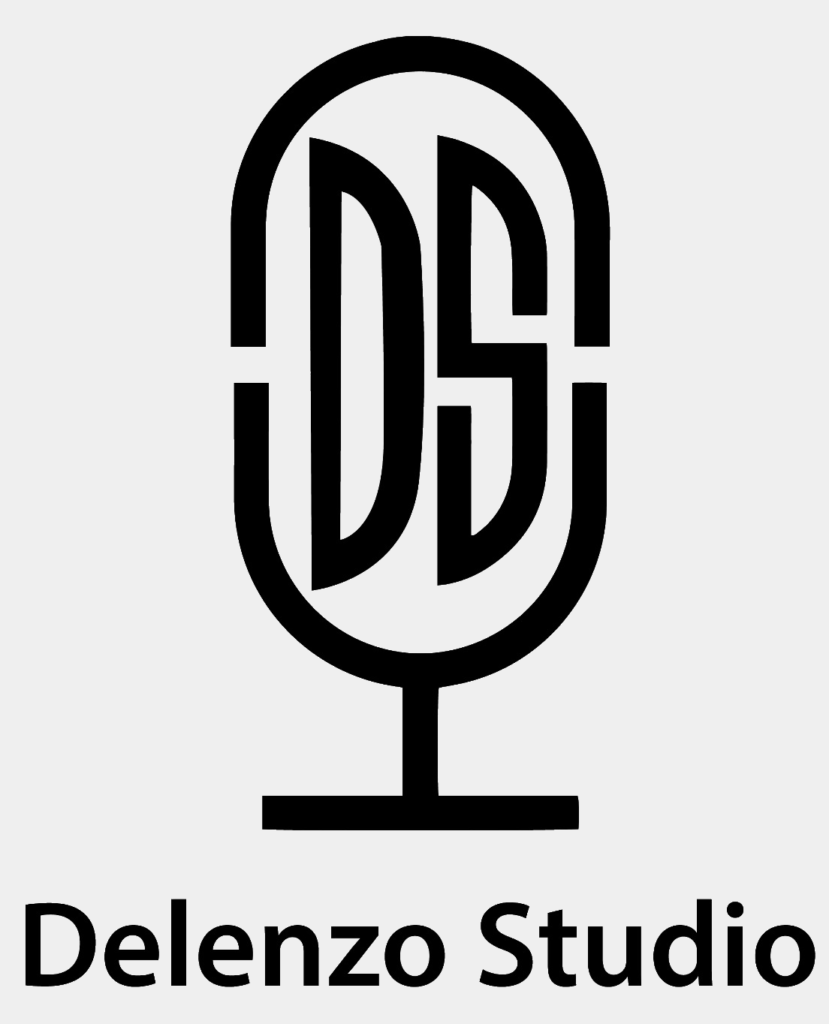
Are you unsure how to structure your podcast? Don’t stress! We’ll guide you through five simple steps to create a well-structured and engaging podcast.
Podcasting is a more powerful medium for reaching audiences and sharing valuable content. Whether you want to grow your podcast, build a strong listener base, or even monetize your podcast, structuring your podcast is crucial for keeping your listeners engaged. A well-organized podcast improves the listening experience and establishes your brand as a professional podcast creator.
Why Structure Matters?
People enjoy content that has a clear structure. It’s like watching a trendy podcast with the same format every episode or attending a concert with a familiar setlist. These structures keep people returning for more because they know what to expect.
Take a football game as an example. First, the teams warm up. Then, there’s the national anthem, followed by the kick-off. There are timeouts and breaks throughout the game; there’s a final whistle at the end. Afterward, the players may shake hands, and coaches give interviews.
Fans love this routine. Even if they watch hundreds of games, they don’t get tired. They become loyal fans, eager to experience the same podcast segment repeatedly.
This shows how powerful structure is in keeping an audience engaged. It builds anticipation and excitement every time. This same principle can apply to growing your podcast. Ensure consistency in each episode and avoid common podcasting mistakes. With the right podcast monetization tips, you can build a solid fan base that keeps coming back.
5 Quick Tips for Podcast Structure
1. Hook Your Listener with a Powerful Intro
The first few seconds of your podcast are critical. You need a powerful intro to captivate your audience right from the start. Think of your intro as your first impression—you don’t get a second chance, so it’s essential to hook your listener immediately.
An effective podcast intro should:
- Grab attention: Use a catchy line or a thought-provoking question.
- Introduce the theme: Let listeners know what to expect from the episode.
- Set the tone: Your intro should reflect your aims, whether lighthearted, educational, or motivational.
Example:
For example, if you’re hosting a trendy podcast about personal finance, you could start with a relatable, attention-grabbing question: “Ever wondered why so many people fail at budgeting? Let’s uncover the mystery today.”
By doing so, you’re setting up curiosity and excitement, essential for retaining listeners.
2. Introduce Yourself or the Guest
Once you’ve hooked your audience, it’s time to introduce yourself or your guest. This is where you establish credibility and build trust with your listeners. It’s essential for both new and recurring podcasts.
Solo Hosting? Introduce Yourself with Confidence
If you’re a solo host, briefly introduce yourself and mention why you’re an expert or passionate about the topic. For example, If you run a podcast studio focused on tips for aspiring creators, you could say, “Hi, I’m [Your Name], and I’ve spent over 10 years working in podcast production.”
Featuring a Guest? Showcase Their Expertise
If you have a guest, introduce them and highlight their expertise. This helps establish authority in the podcasting community and adds more value to your content.
For instance, on a podcast monetization tips episode, you might bring in an expert who has successfully monetized their podcast and introduce them by saying, “Today, we’re joined by [Guest Name], an expert in podcast monetization who has helped multiple podcasts achieve significant revenue growth.”
3. Dive Into the Main Content
After the introductions, it’s time to get into the meat of the episode. This is where your podcast segment comes into play. Breaking the content into well-structured segments is essential to keep your audience engaged. Doing so helps maintain interest and creates a smooth listening experience.
Start by clearly outlining the main points or topics you’ll cover. Whether it’s about the role of podcasting in building personal brands or how to structure your podcast for growth, organizing your main content in bite-sized, digestible parts can make a huge difference.
Example:
For example, if you’re talking about podcast monetization, break it down into actionable tips such as:
- Choosing the right monetization model (advertising, sponsorships, listener donations, etc.)
- Building a strong listener base to attract advertisers
- Creating premium content for exclusive subscribers
Adding personal stories or real-life examples is an excellent way to relate to your audience. Share how you grew your podcast or how you navigated common podcasting mistakes. This humanizes your content and keeps listeners coming back for more.
4. Add a Call to Action (CTA)
No podcast episode should end without a Call to Action (CTA). A CTA guides your audience on what they should do next: visit your website, subscribe to your podcast, or follow you on social media.
Here’s how to craft a compelling CTA:
- Be specific: Instead of just saying, “Follow us,” say, “Subscribe to our podcast on Apple Podcasts for more actionable tips on growing your podcast.”
- Give a reason: Let your listeners know why they should take action. For example, “By subscribing, you’ll get exclusive tips on podcast monetization straight to your inbox.”
A strong CTA can also ask your listeners to share the podcast with friends or leave a review. This boosts your podcast’s reach and increases its credibility and authority in your niche.
Example:
For example, a CTA for a podcast that teaches how to structure your podcast could read: “If you found these tips useful, don’t forget to leave us a review on Spotify and share this episode with your fellow podcasters!”
5. End with a Clear Outro
The outro is just as crucial as the intro. It’s your opportunity to leave a lasting impression. Your outro should reiterate the key takeaways from the episode and encourage further engagement.
Here’s a simple yet effective outro formula:
- Summarize key points: Briefly remind listeners of the valuable content they just heard.
- Encourage social media interaction: Ask listeners to tag you in podcast-related posts, leave reviews, or engage with your content.
- Thank your audience. Showing appreciation goes a long way in building loyalty.
Example:
A good outro example: “Thank you for tuning in! Don’t forget to follow us on Instagram and share your thoughts on today’s episode. See you next time!”
Summary
In summary, structuring your podcast effectively is essential to creating content that resonates with your audience. Following these five steps—hooking your listener, introducing yourself or your guest, diving into the main content, adding a CTA, and ending with a clear outro—will keep your listeners engaged, grow your audience, and ultimately monetize your podcast.
Remember that a structured podcast is about maintaining a good flow and keeping the content valuable. Avoid common podcasting mistakes like losing focus or overloading your audience with too much information. Stay consistent with your structure, and always look for ways to improve your podcasting technique.
By staying true to your podcast’s theme and delivering high-quality content in an organized format, you’ll be well on your way to becoming a top-tier podcast creator who can effectively promote your podcast.
Are you dreaming of a podcast that stands out? Visit Delenzo Studio for the best tools and tips in the game!
FAQs
Podcast structure is crucial for beginners as it helps keep content organized, engaging, and easy to follow. This structure allows you to grow your podcast and avoid common podcasting mistakes.
The ideal podcast length depends on your audience, but most episodes range from 20 to 60 minutes like Scary Amii. Make sure the episode has a clear structure to maintain listener interest.
Yes, you can record a podcast without a podcast studio. You can still produce high-quality content with a good microphone, soundproof space, and basic editing software.
Your podcast intro should include a hook, a brief introduction of yourself or your guest, and an overview of the episode’s content, setting the tone for the rest.
While not essential, music or jingles can enhance the role of podcast intros and outros, helping to make your podcast more memorable and adding a professional touch.



